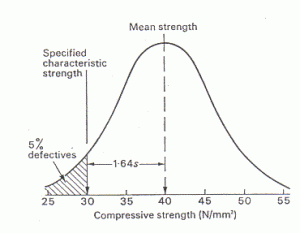1: With percentage increase of carbon in steel , decreases its
A: Strength
B: Hardness
C: Brittleness
D: Ductility
2:Poisson's ratio for steel within elastic limit , ranges from
A: 0.15 TO 0.20
B: 0.25 TO 0.24
C: 0.25 TO 0.33
D: 0.33 TO 0.35
3: The slenderness ratio of a column is zero when its length
A: IS ZERO
B: IS EQUAL TO ITS RADIUS OF GYRATION
C: IS SUPPORTED ON ALL SIDES THROUGHOUT ITS LENGTH
D: IS BETWEEN THE POINTS OF ZERO MOMENTS
4:Maximum permissible slenderness ratio of compression members which carry dead and superimposed load, is
A:350
B:250
C:180
D:80
5:The effective length of a weld, is taken as the actual length
A: Minus the size of weld
B: Minus twice the size of weld
C: Plus the size of weld
D: Plus twice the size of weld
6:A beam is defined as a structural member subjected to
A: Axial loading
B:Transverse loading
C: Axial and transverse loading
7:The best compression member section for column is:
A: Single angle section
B: Double angle section
C: Channel section
D: I-section












